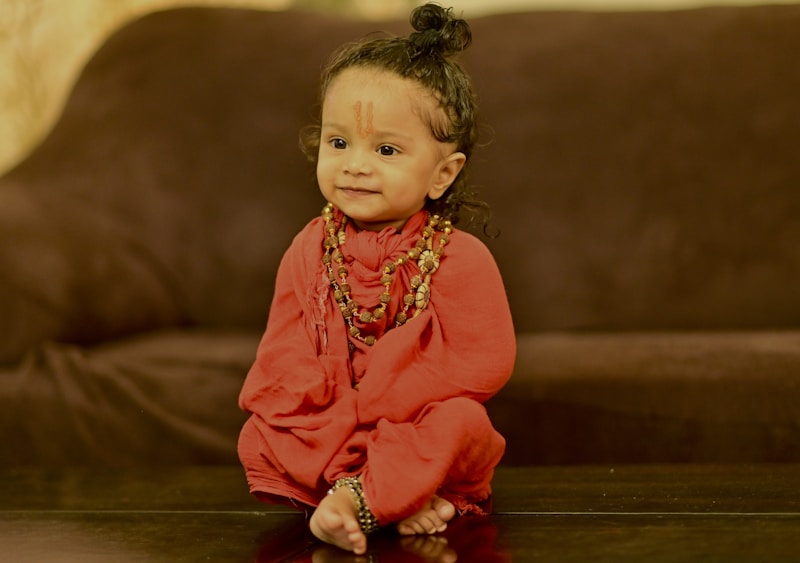Cultural Influences on Bridal Styles: A Global Perspective
Cultural Influences on Bridal Styles: A Global Perspective
Bridal styles vary significantly across cultures, reflecting rich traditions, beliefs, and aesthetics that inform the choices of brides on their most important day. Understanding the cultural influences on bridal styles not only highlights the diversity of wedding customs around the world but also offers insights into how various elements shape a bride's attire. In this article, we’ll explore the various cultural influences on bridal styles, highlighting different traditions and practices, and providing a comprehensive understanding of global wedding attire.
The Significance of Bridal Attire
Bridal attire is more than just clothing; it symbolizes love, unity, and cultural identity. In many cultures, the choice of bridal style is deeply intertwined with religious beliefs, historical contexts, and even social status. This section examines how these aspects contribute to bridal styles across different cultures.
1. Historical Context of Bridal Styles
Many bridal styles have historical roots that date back centuries. For instance, in Western cultures, the tradition of white Wedding dresses gained prominence after Queen Victoria wore a white gown to her wedding in 1840. This color choice symbolizes purity and new beginnings, influencing countless brides in the years to come. However, the meaning of color in bridal attire varies widely across cultures.
2. Color Symbolism in Different Cultures
| Culture | Color | Symbolism |
| Western | White | Purity and innocence |
| India | Red | Fertility and prosperity |
| China | Red | Good luck and happiness |
| Japan | Pastel colors | Elegance and beauty |
The table above summarizes the color symbolism associated with bridal attire across different cultures. As seen, while white is the dominant color in many Western weddings, other cultures embrace vibrant colors that reflect their values and traditions.
Regional Bridal Styles and Their Influences
Bridal styles are also significantly shaped by regional customs and practices. From traditional to modern interpretations, many aspects contribute to what brides wear on their wedding day. Let’s take a closer look at some notable cultural influences on bridal styles around the world.
1. Indian Bridal Styles
In Indian culture, bridal attire is heavily influenced by regional and ethnic diversity. The bridal lehenga, often adorned with intricate embroidery and embellishments, is a popular choice among brides. The significance of the color red in Indian weddings is profound, symbolizing love and commitment.

2. Chinese Bridal Styles
Traditional Chinese brides typically wear a red qipao or wedding gown, further accented by gold embroidery to signify wealth and good fortune. The use of gold and red symbolizes happiness and good luck, which are essential themes in Chinese weddings.
3. Western Bridal Styles
In many Western cultures, the white wedding dress is iconic. Modern brides often opt for gowns with a blend of traditional and contemporary designs, featuring lace and satin materials. Accessories, such as veils and tiaras, complete the classic Western bridal look.
4. Middle Eastern Bridal Styles
Middle Eastern brides often showcase opulence through their attire, with heavily embellished dresses that vary significantly between countries. In Arab culture, the wedding dress may include long sleeves and elaborate beading, signifying modesty and sophistication.
5. African Bridal Styles
African bridal styles are incredibly diverse, with each region displaying unique textiles, colors, and patterns. Traditions like the Kente cloth in Ghana or the vibrant beading found in Zulu weddings exemplify the rich heritage and significance of clothing in African cultures.
Modern Adaptations and Globalization
With the rise of globalization, many brides today are choosing to blend elements from various cultures into their wedding attire. This fusion of styles often results in unique and personalized bridal looks that reflect individual tastes while honoring cultural heritages.
1. Cross-Cultural Influence
Brides might borrow elements from different cultures, such as combining a Western-style gown with a traditional veil from another culture. This trend emphasizes the importance of individual expression in bridal styles, showcasing how cultural influences can harmoniously coexist.
2. Sustainability and Ethical Considerations
In recent years, many brides have become more conscious of the environmental impact of their wedding attire. Sustainable fashion options, including Vintage dresses and eco-friendly fabrics, have emerged, allowing brides to maintain a cultural connection while being environmentally responsible.
Conclusion: Embracing Cultural Diversity in Bridal Styles
The influence of culture on bridal styles is profound and diverse. From color symbolism to intricate designs, each aspect of bridal attire reflects the rich history and traditions of different communities. As brides continue to embrace their unique cultural backgrounds while adapting to modern styles, the wedding landscape will remain a beautiful tapestry of global influences.
As you prepare for your wedding, consider the cultural meanings behind different bridal styles and choose an attire that resonates with your heritage while allowing for personal expression. Embracing the richness of cultural diversity in your bridal attire will not only celebrate your unique identity but also create a memorable and meaningful experience on your special day.
In summary, whether it's selecting the perfect color, understanding cultural symbolism, or blending different styles, keeping these elements in mind can help create a wedding experience that is both beautiful and culturally significant.
Note: When exploring cultural influences on bridal styles, it's crucial to approach with respect and an understanding of the cultural significance behind each aspect. While blending styles can be appealing, be mindful of the traditions and practices that hold deep meaning for many communities.
